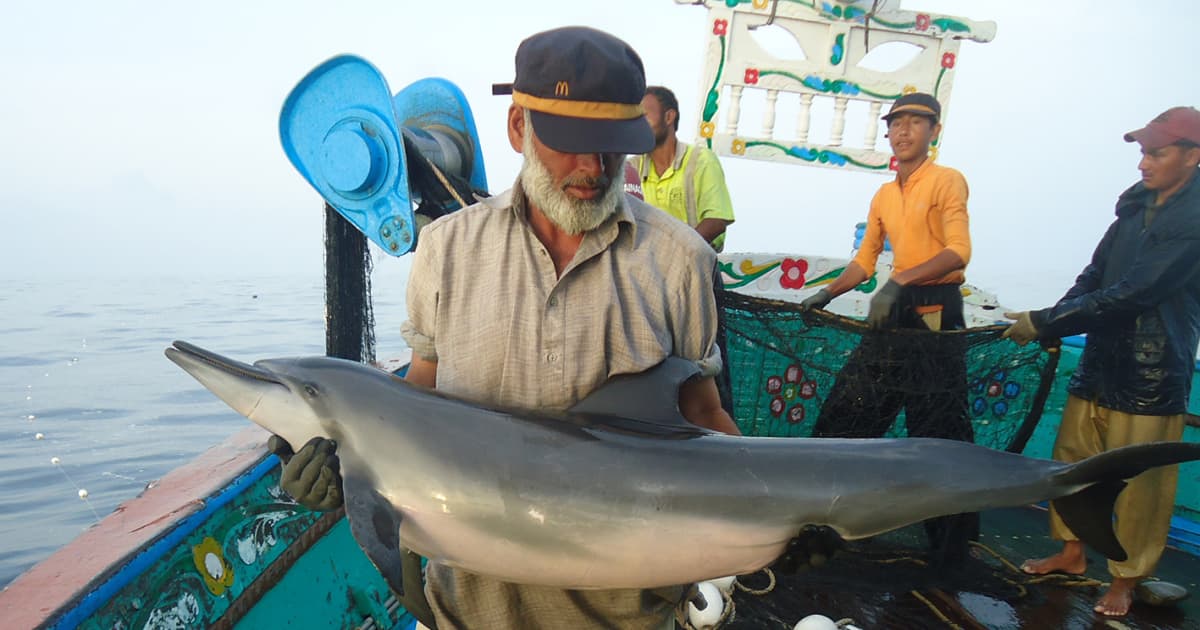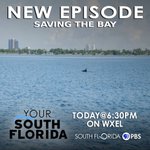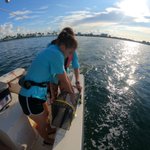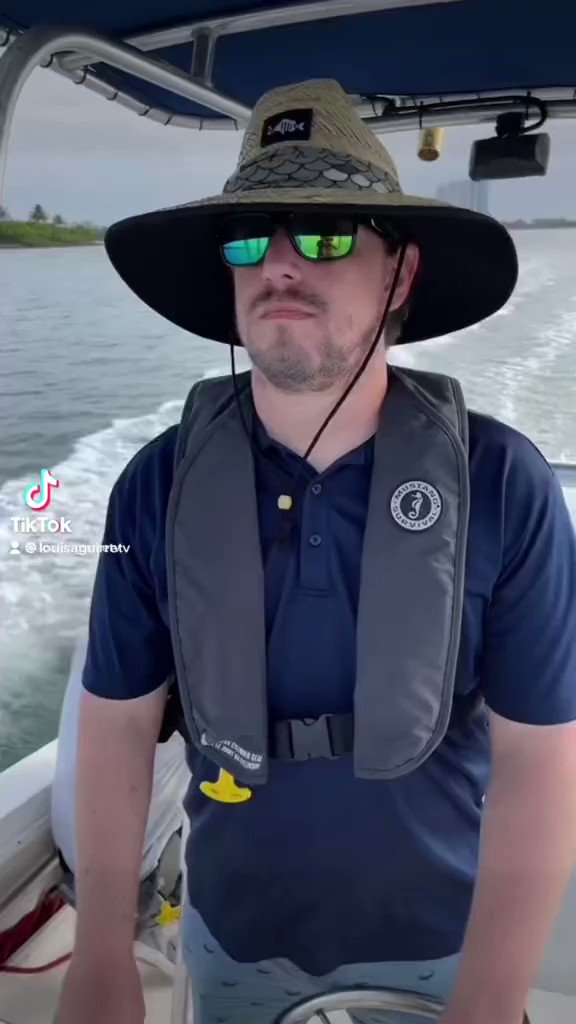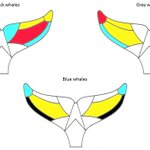Little is known about the long-term effects of environmental changes on coastal cetacean populations. This question is central in the light of ongoing global warming, ocean acidification, and ecosystem changes due to habitat destruction and biodiversity erosion.
Over the past decades, Biscayne Bay went through several changes, including dredging of the Port, multiple seagrass die-offs, re-routing of storm pumps, increased development, and multiple climatic events (cold snaps, hurricanes).
Species
Coastal bottlenose dolphins (Tursiops truncatus)
Biscayne Bay is a shallow lagoon located along the coast of southeast Florida, including the coastal waters of Miami.
Understanding how long-term environmental changes affect the distribution and behavior of coastal dolphins
Little is known about how these changes have impacted resident common bottlenose dolphins (Tursiops truncatus). This project assesses the long-term changes in habitat use, behavior and distribution of dolphins in response to environmental changes within the bay.
Using data from historical photo-identification surveys conducted since 1994 by the Southeast Fisheries Science Center (NOAA), we investigate how environmental changes (particularly the most recent seagrass die-off) in Biscayne Bay have affected the distribution, behavior and habitat use of resident bottlenose dolphins. This project is important to understand the resilience of resident dolphin populations inhabiting urban estuaries during periods of habitat degradation and environmental change.









